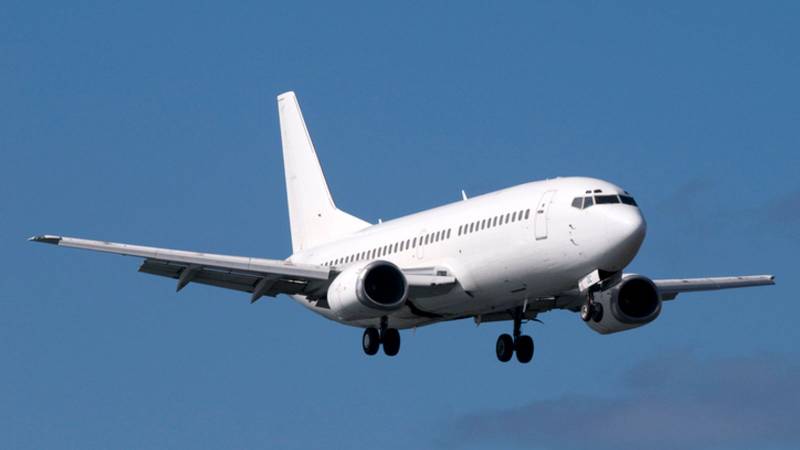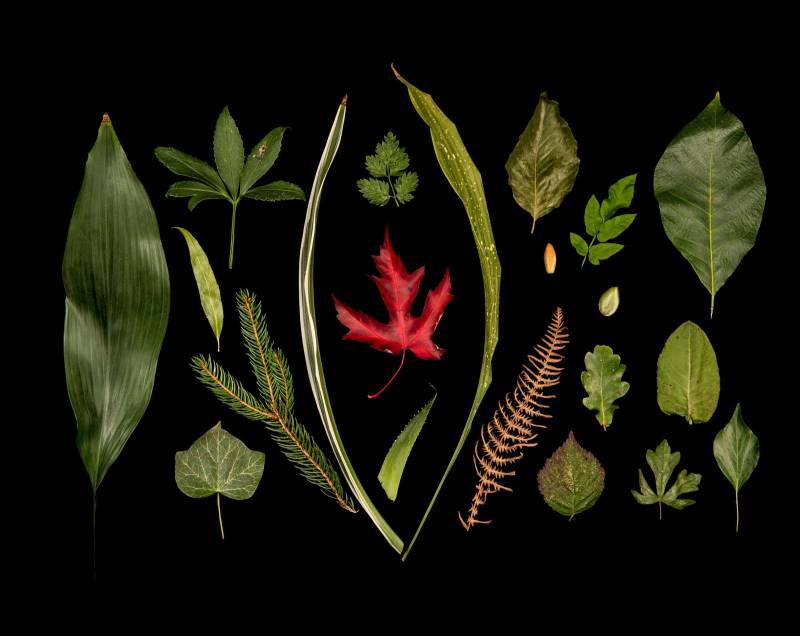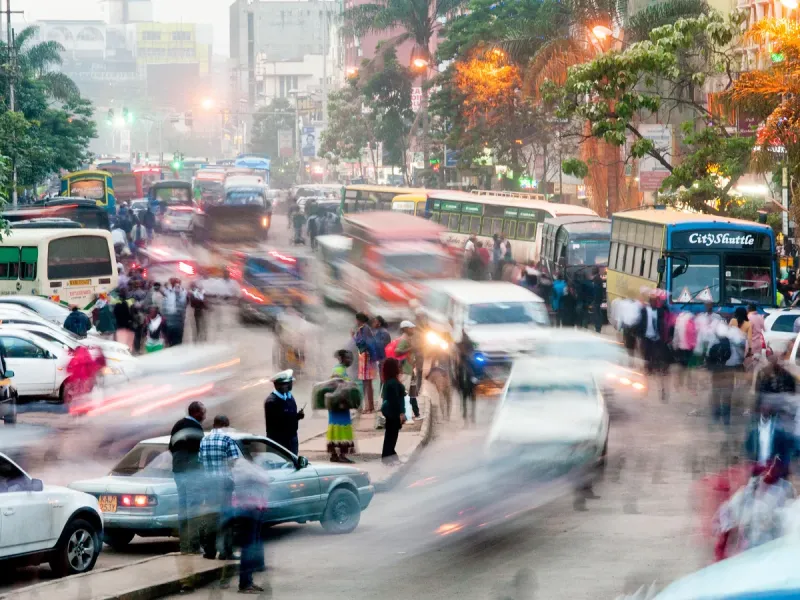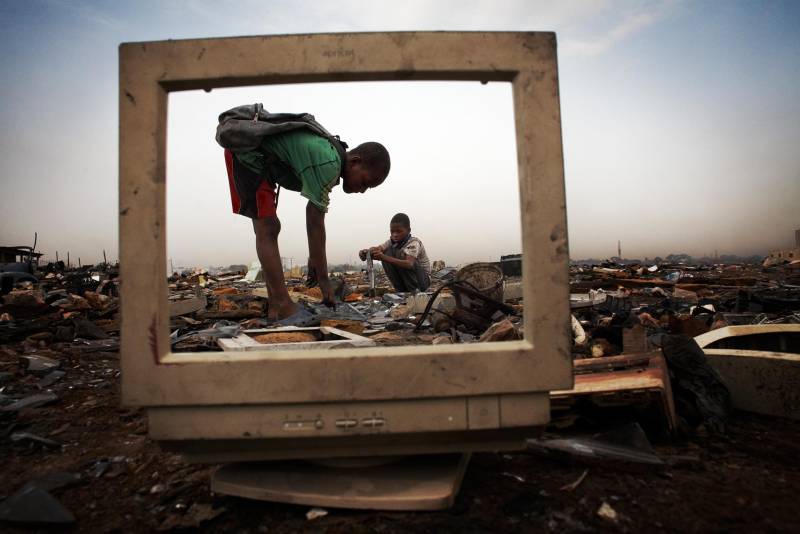On a long-haul 747 flight, each passenger visits the lavatory an average of 2.4 times, producing 870 liters of waste - almost the volume of a four-person hot tub. That's a lot of unwanted material, and it takes a miracle of engineering to handle it all. This is where the airplane toilet flush comes in. Today, these toilets do not work with a classic siphon and water.
As early as 1982, aircraft began installing a new model of toilet with a non-stick bowl that uses a blue substance called Skykem to replace water and powerful vacuum suction that leaves little or nothing in the bowl.
The Skykem helps kill odors and sanitize the bowl. In addition, vacuum toilets use much less water than siphon toilets and are much lighter and can be installed in several ways, making them more fuel and space efficient, two things to consider. of paramount importance on airplanes.
When you flush, a hatch in the base of the toilet opens and Skykem liquid fills the bowl. The loud roar you hear when you flush the toilet is not the noise caused by a trap door opening to the outside, as many people think. It's just the sound of vacuum suction, like a big vacuum cleaner.
Once it has been sucked up through the hole in the bowl, the waste travels through the pipes to the rear of the aircraft and ends up in a tank that can only be accessed from outside the aircraft. Even if they wanted to, the pilots could not empty this tank during the flight. The tank is emptied by special tank trucks once the aircraft is on the ground. The trucks attach a hose to the plane and suck up the waste. Once the aircraft's tank has been emptied, it is cleaned with a disinfectant.




